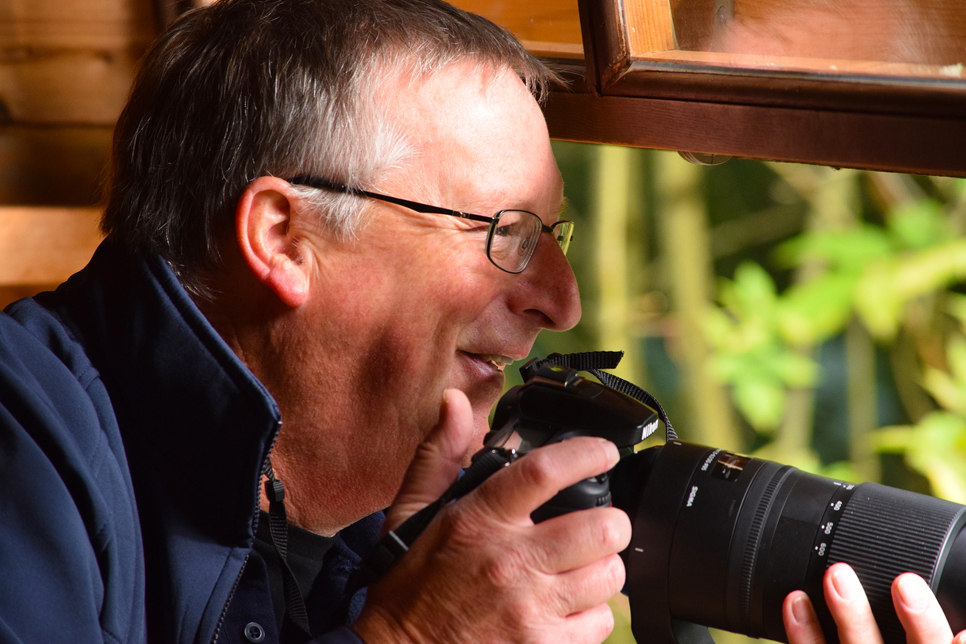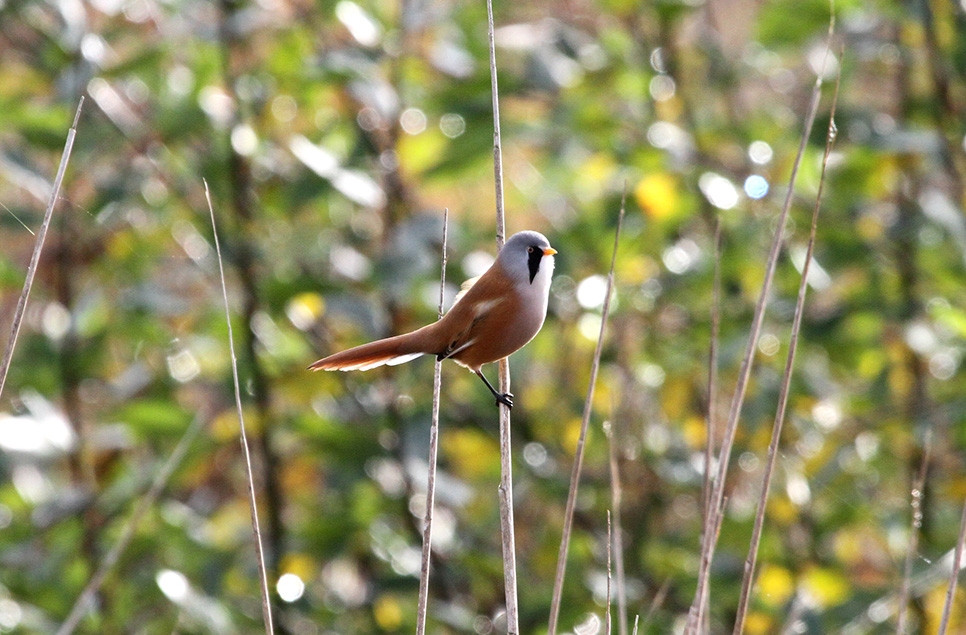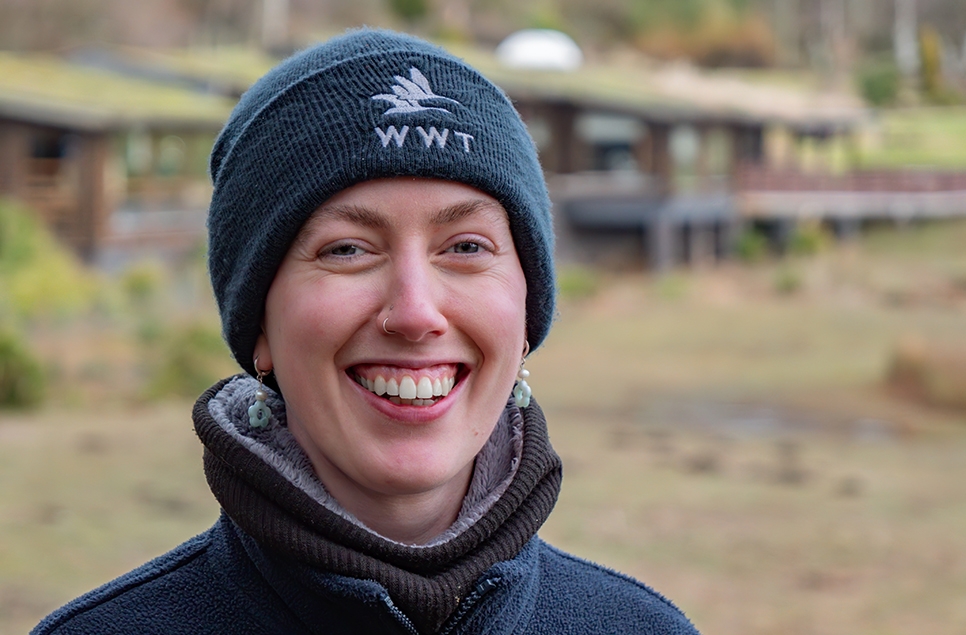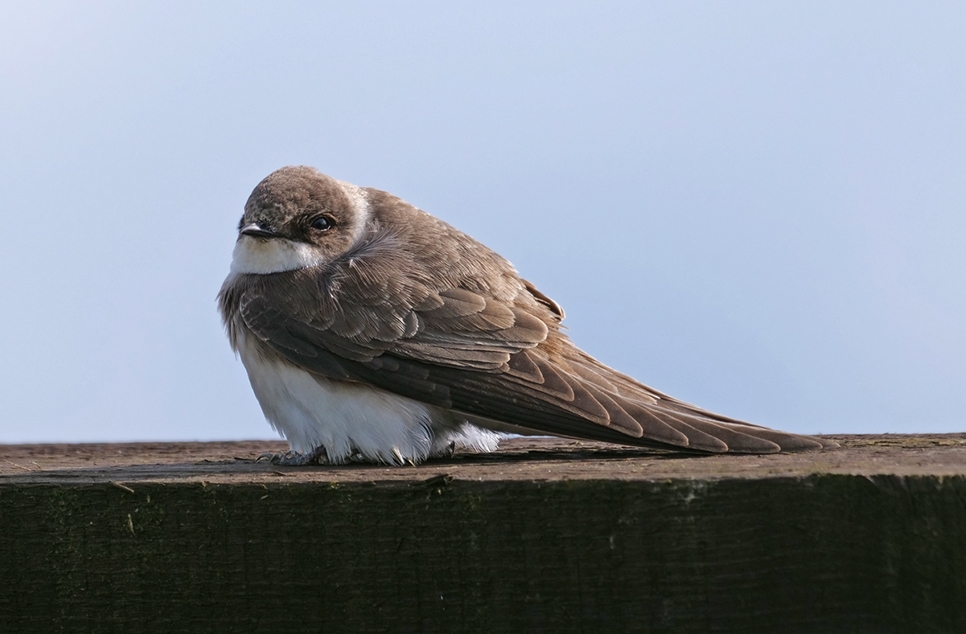Real-life Easter eggs hatch at WWT Washington
 An eggs-tra special Easter surprise hatched at WWT Washington this bank holiday weekend in the form of two beautiful black swan cygnets.
An eggs-tra special Easter surprise hatched at WWT Washington this bank holiday weekend in the form of two beautiful black swan cygnets.
The fluffy pair was first spotted in the nest by wardens on Easter Sunday and yesterday they could be seen enjoying the sunshine while taking their first foray into the water.
Black swans are native to the wetlands of south western and eastern Australia and their preferred habitats are fresh and saltwater lakes or swamps and rivers with vital vegetation for food and nesting materials.
The species has one of the longest necks of all swans, which is curved into an ‘S’ shape. Its trumpet-like call is very distinctive, as is the tendency to whistle ferociously if disturbed while nesting or breeding (which an unfortunate shelduck discovered yesterday when it was chased off by the little cygnets’ parents!).
The happy new family can be found in our Close Encounters area, which is also home to many other rare and endangered wildfowl.
These special birds are bred by wardens at WWT Washington using expert conservation breeding techniques and visitors can get up close to them and even feed them by hand.
By visiting our centre, you are directly supporting this vital work, which is saving species like the Madagascar pochard from the brink of extinction.
 Jane Ramshaw, centre manager at WWT Washington, said: “During the holidays, visitors can experience the fascinating progress of WWT’s real-life Easter eggs; with ducklings, goslings and cygnets all starting to hatch. WWT Washington is home to many rare species, giving people a unique opportunity to meet the birds that they are actually helping to protect.”
Jane Ramshaw, centre manager at WWT Washington, said: “During the holidays, visitors can experience the fascinating progress of WWT’s real-life Easter eggs; with ducklings, goslings and cygnets all starting to hatch. WWT Washington is home to many rare species, giving people a unique opportunity to meet the birds that they are actually helping to protect.”
Across the Wildfowl & Wetlands Trust’s nine centres in the UK, almost 2,000 waterbirds are hatched each year. Upcoming events such as Downy Duckling Days in May and Animal Magic in June give visitors of all ages the opportunity to see adorable baby birds up close, while learning more about WWT’s work to conserve threatened species in the UK and overseas.
As a charity, WWT is also appealing to visitors, WWT members and the general public to donate what they can to help give critically endangered species a chance at survival. With several imminent expeditions and an increasing number of birds joining the critically endangered list, WWT needs to continue to invest in conservation breeding expertise to help save species under threat of extinction.
Baz Hughes, head of species conservation for WWT, said: “We are global leaders in saving birds from the brink of extinction. We have 65 years of experience and a track record of success at saving the species and working with locals to find long term solutions. The calls of help from around the world are getting louder and louder. We can help, but we need the support of our members and centre visitors.
“By donating, our visitors and members are giving critically endangered species a fighting chance of survival.
“In the world of conservation breeding, there are no ugly ducklings. What we learn from these birds helps us to conserve endangered birds in the wild. And ultimately it’s about saving some of the world’s rarest species from extinction.”
WWT expertise in understanding what the birds need to successfully breed and rear their young is vital. For example, learning that building wigwams for the Hawaiian nene goose makes them feel more secure and encourages them to breed was a major breakthrough, and is used to great success at WWT Washington by aviculture manager Owen Joiner. From a low point of just 30 birds and almost certain extinction in 1950, following WWT’s conservation programme there are now 1,750 nenes living wild in their natural habitat on Hawaii.
And in the noughties, WWT’s and Owen’s experience of breeding pochard ducks from all around the world was put to the test when the previously-extinct Madagascar pochard was rediscovered on a remote lake. Our experience of hatching and rearing waterbirds has allowed scientists to breed a safety net population and make the future of the Madagascar pochard more secure.
Because of support from members and visitors WWT have become expert at it, honing parenting skills for more than 65 years. Visit WWT Washington to see this conservation in action for yourself, first hand, and to find out more about what is happening over the Easter holidays go to www.wwt.org.uk/visit-us/washington/events/easter-family-fun
More information about WWT appeals and how to donate can be found by visiting the website at www.wwt.org.uk/appeal
• A gift of £20 will make one nest box for the 300+ hole-nesting ducks breeding at WWT.
• A gift of £50 will feed one of 120 pairs of flamingos attempting to raise a chick.
• A larger donation of £100 will help us to equip and run a duckery nursery coop with heat lamps and comforters, ensuring up to 100 newly-hatched arrivals are kept safe and warm.



